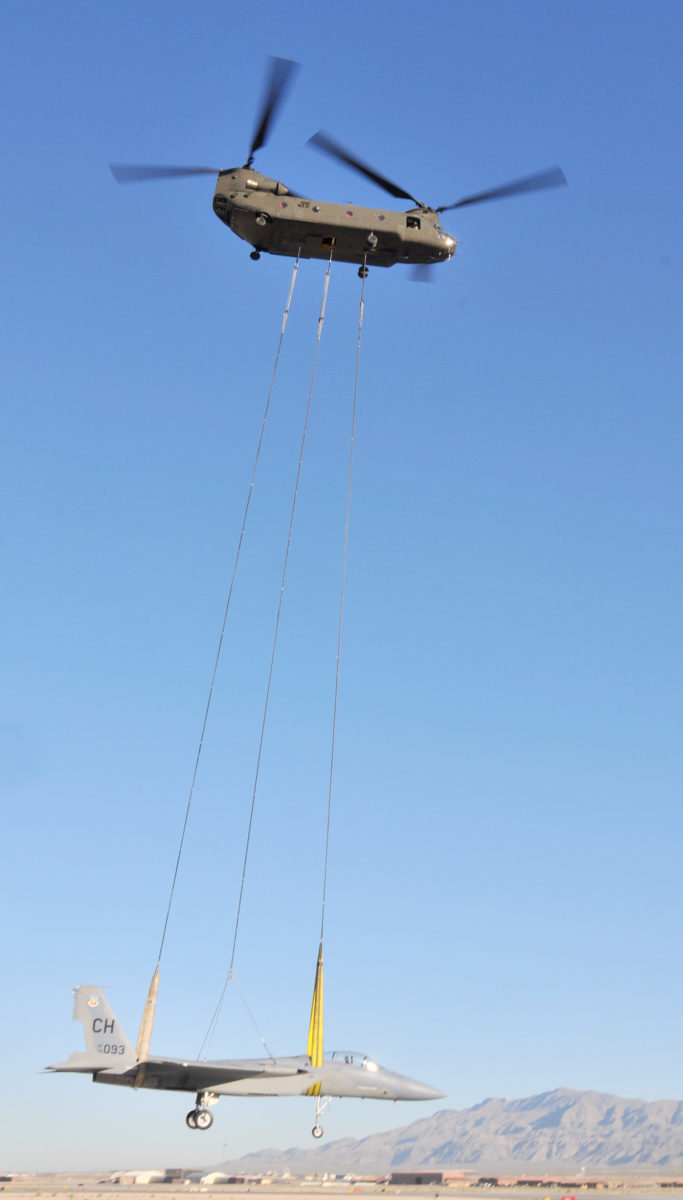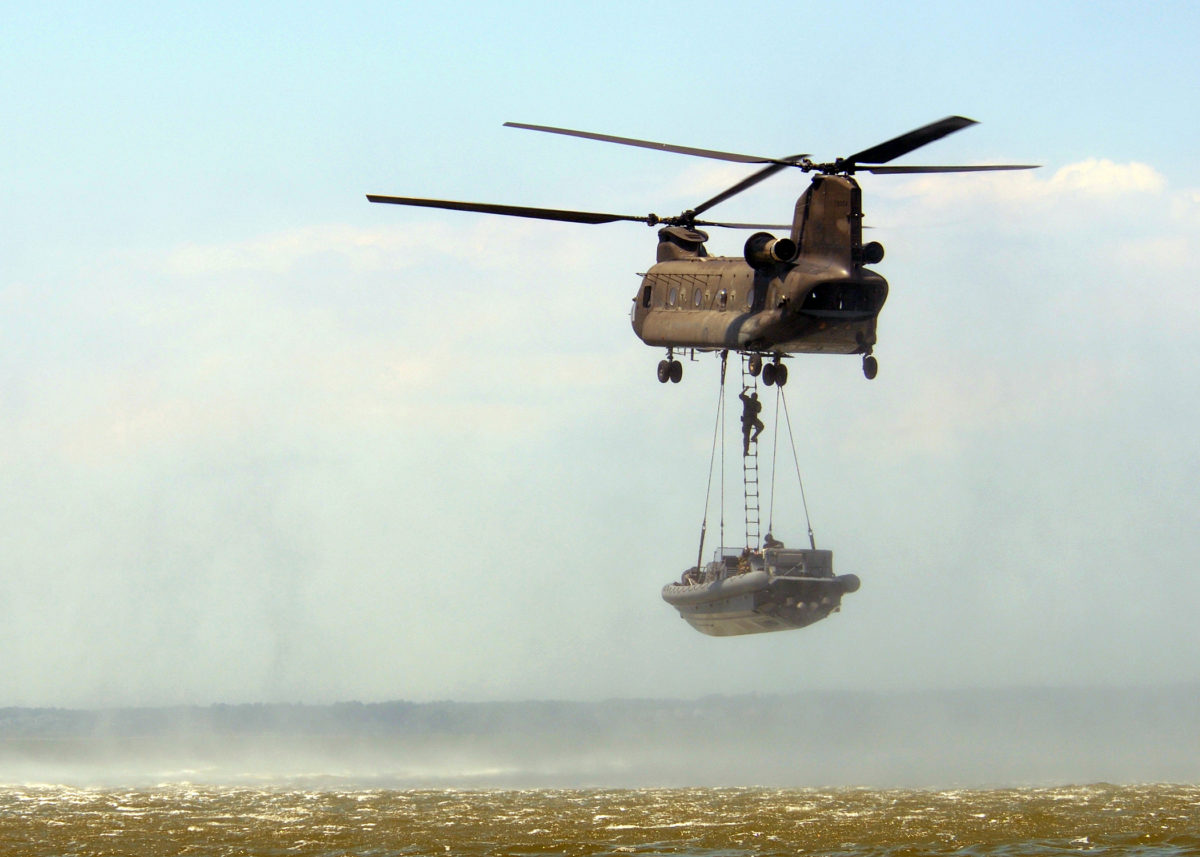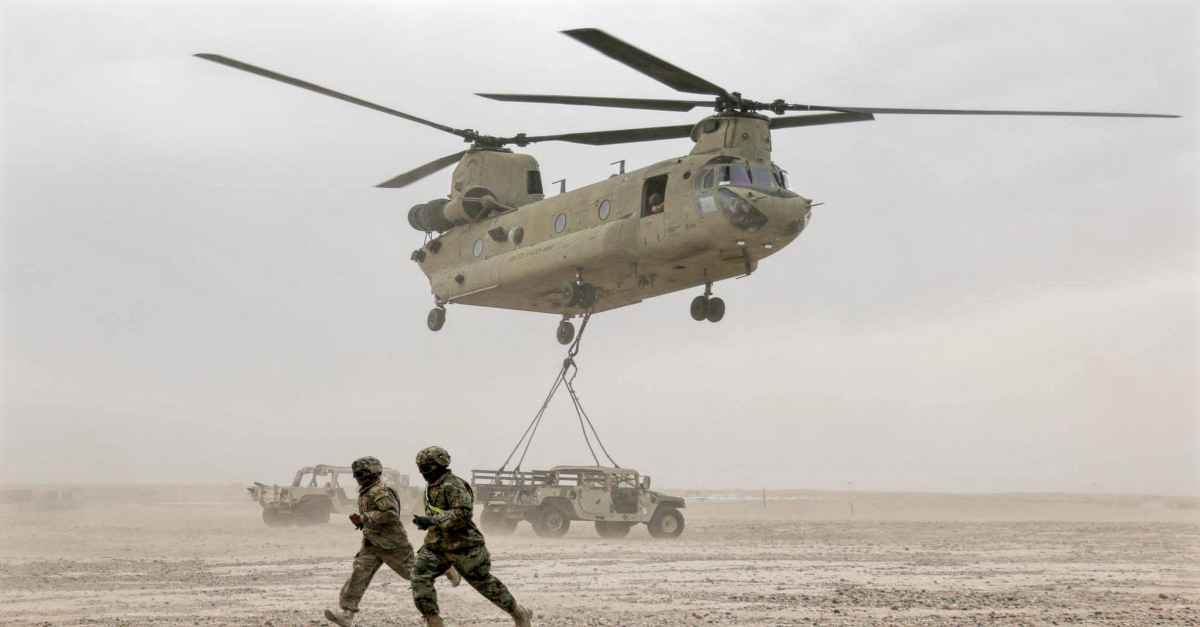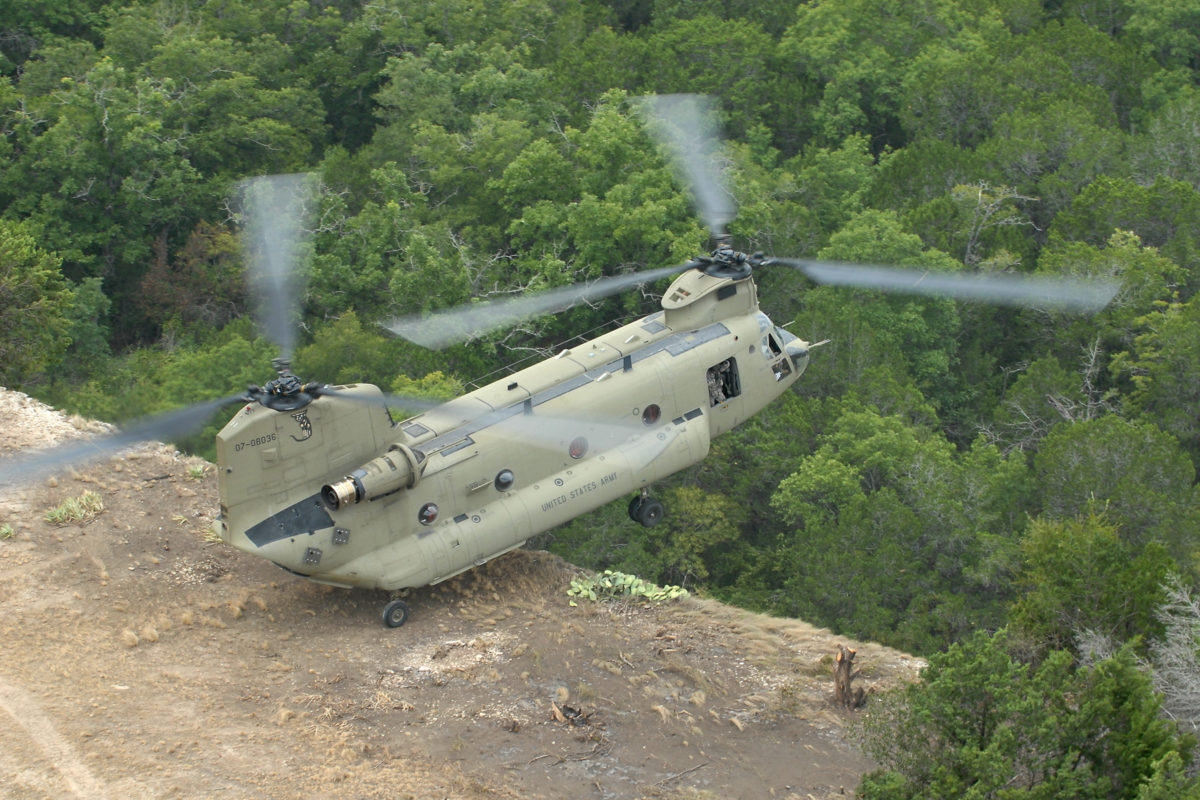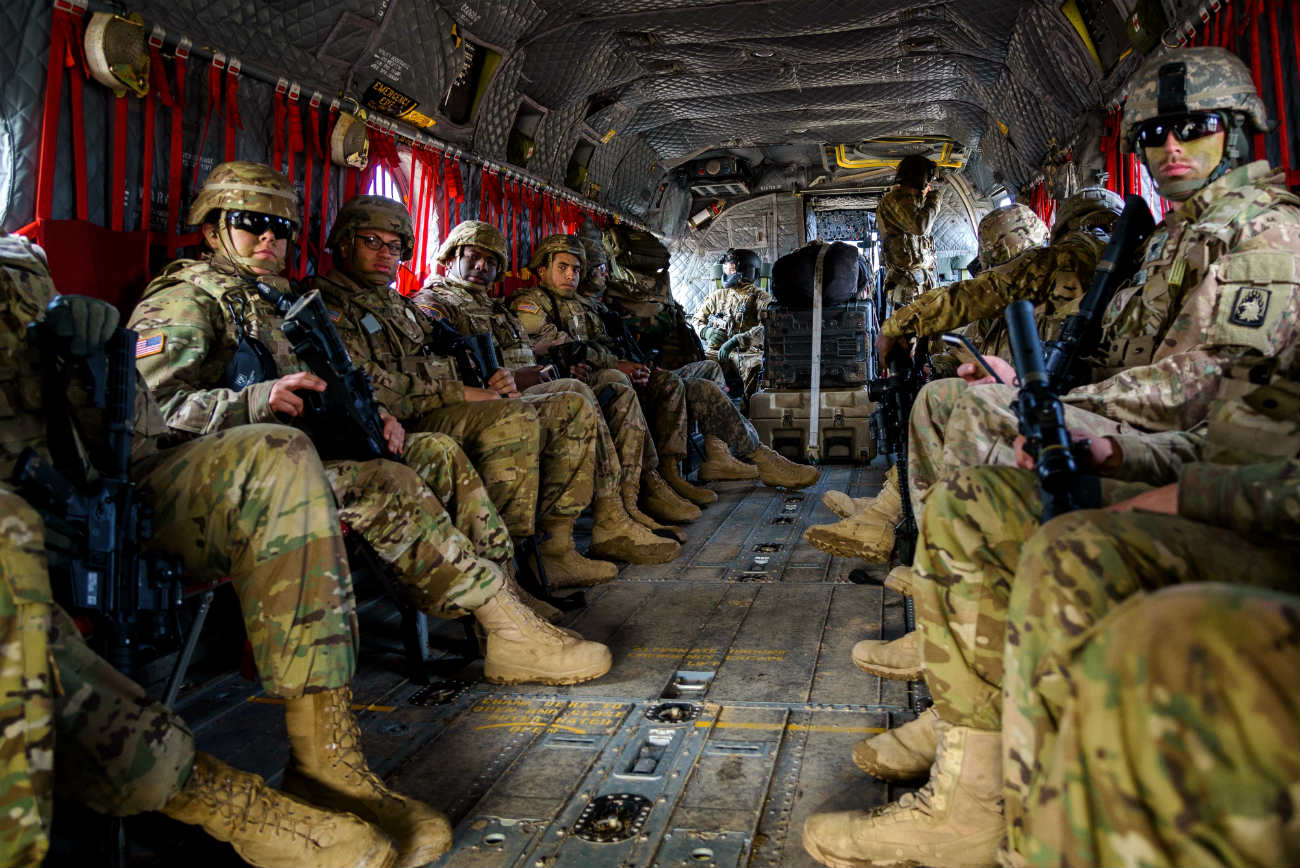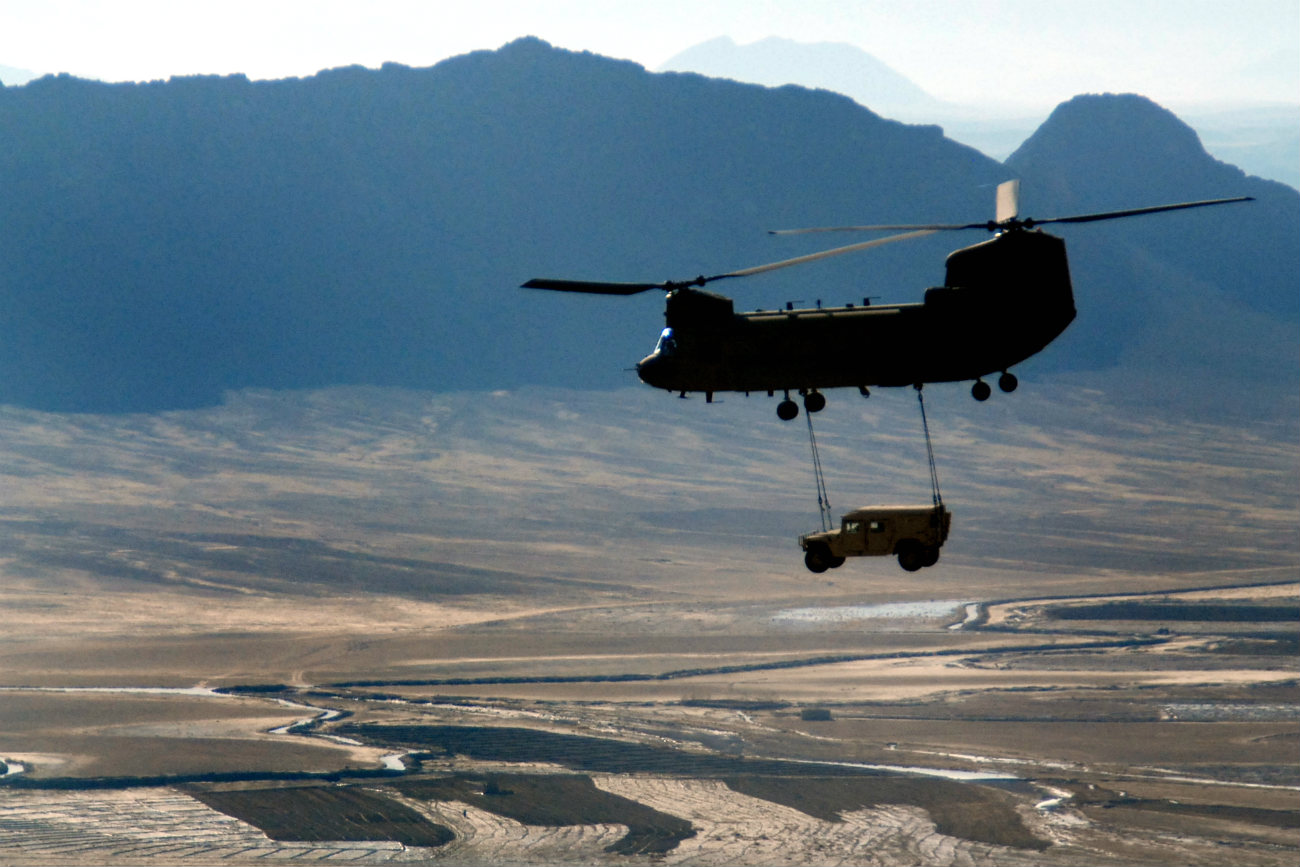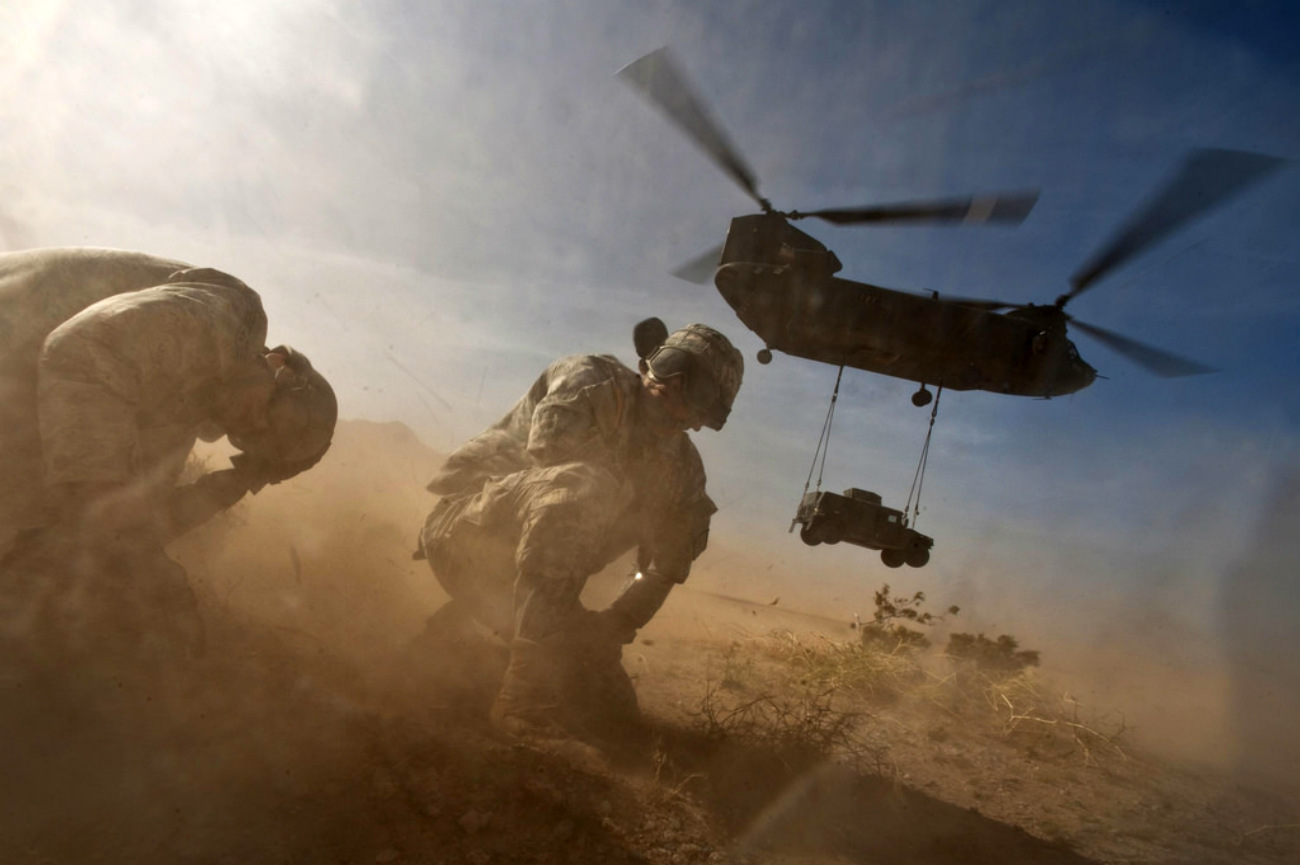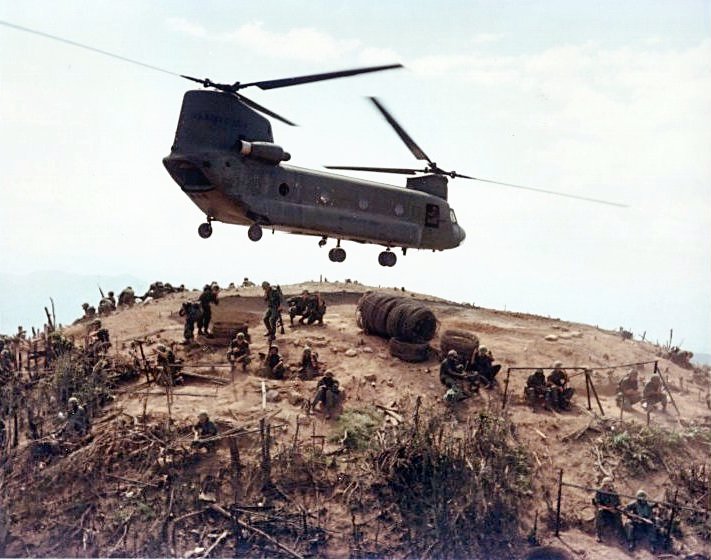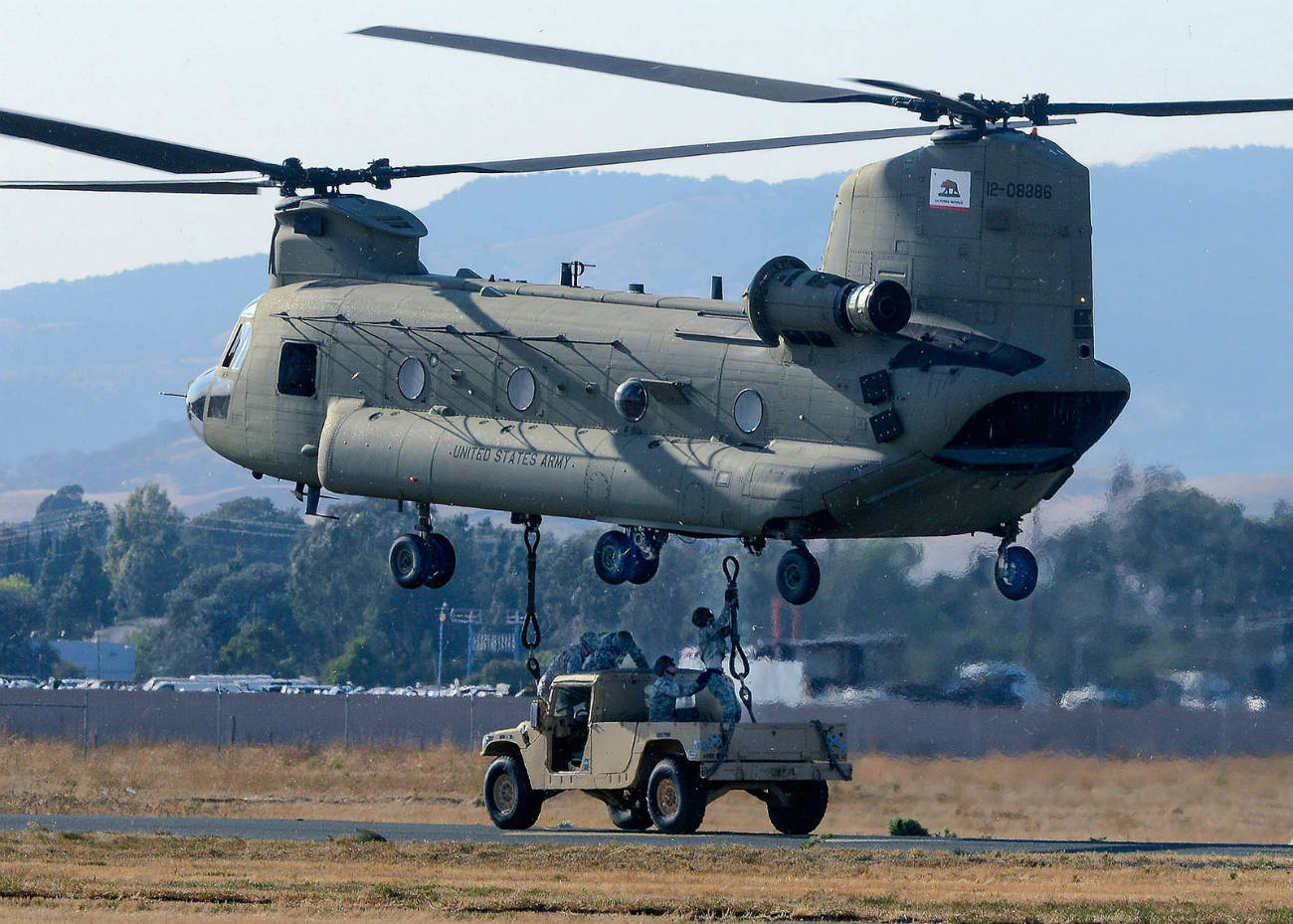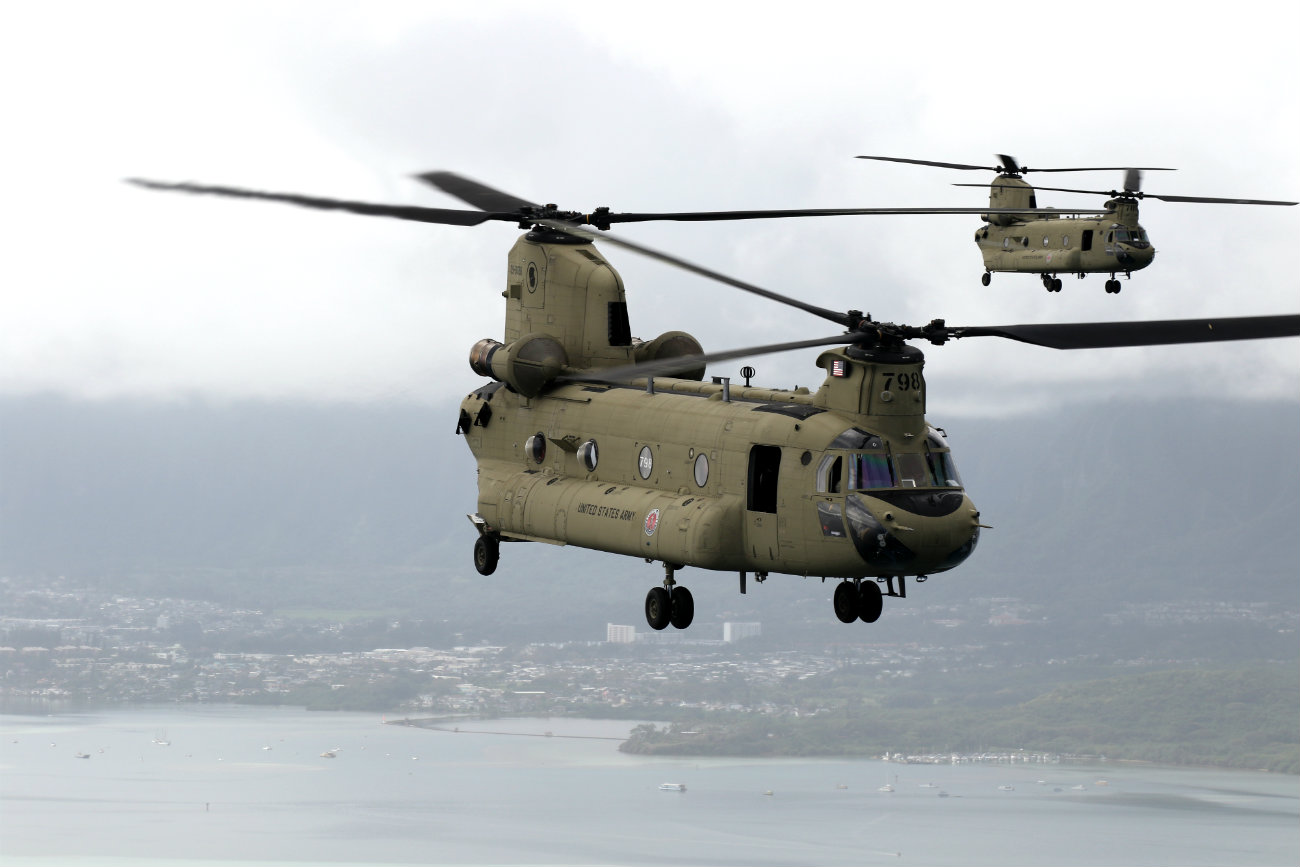
The CH-47 Chinook is a heavy-lift helicopter produced by Boeing and named for the Chinook tribe of Native Americans. Since its inception, the CH-47 aircraft has served in nearly every major theater of conflict and participated in humanitarian aid missions in Africa and Haiti amongst others.
Capacity:
Capable of taking off with 22,000 lbs of cargo or up to 55 combat troops, the CH-47 is the rotary-wing logistical backbone of the United States military. Cargo is loaded through a rear entrance and side doors can be boarded by personnel and equipment. It is also capable of accepting external loads, enabling it to move cargo and equipment without needing to land. Multiple variations remain in use by both the United States military, Royal Air Force, and more than 16 foreign armies. This military helicopter operates through the use of two Honeywell T55-GA-714A turboshaft engines and assymetrical rotors.
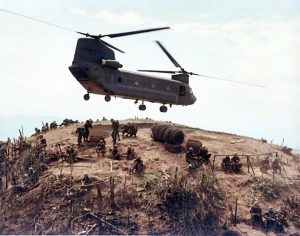
Vietnam Service:
The first CH-47A Chinook entered service in 1962 as part of an effort to support troops with a heavy-lift platform in operations spanning the world over. Its first deployment was to Vietnam and it landed in support of the 1st Cavalry Division on the 29th of November, 1965. It proved itself a capable asset in moving vast amounts of cargo, equipment, and troops across very hostile terrain.
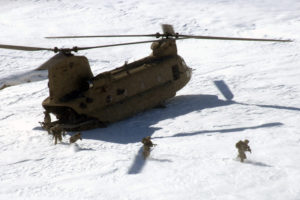
War On Terror Service:
Since its service in Vietnam, the CH-47 Chinook has gone on to serve in nearly every major theater that United States troops have been deployed in force. In Afghanistan, the CH-47 Chinook accounts for over 86,000 combat hours of flight time with a mission readiness hovering at 80%. This incredible feat is both a product of its great engineering as well as its ability to take a brutal amount of abuse.
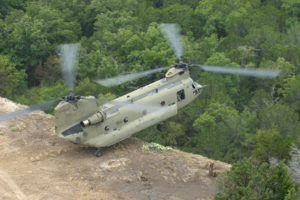
Variants:
The most common version of the CH-47 Chinook in use by the United States military is the CH-47D/E/F. In 2006, the Department of Defense authorized the retrofitting and upgrade of their existing fleet of CH-47D/E to F. The retrofit began in 2006 and is still in progress currently. The CH-47/MH-47 U.S. Department of Defense (DoD) modernization program is expected to continue in support of this helicopter until 2040 or beyond. Currently, over 1,100 CH-47s are in operation by the Department of Defense. According to budget requests for upcoming fiscal years, Boeing intends to deliver an additional 144 to 255 CH-47s to the United States military.
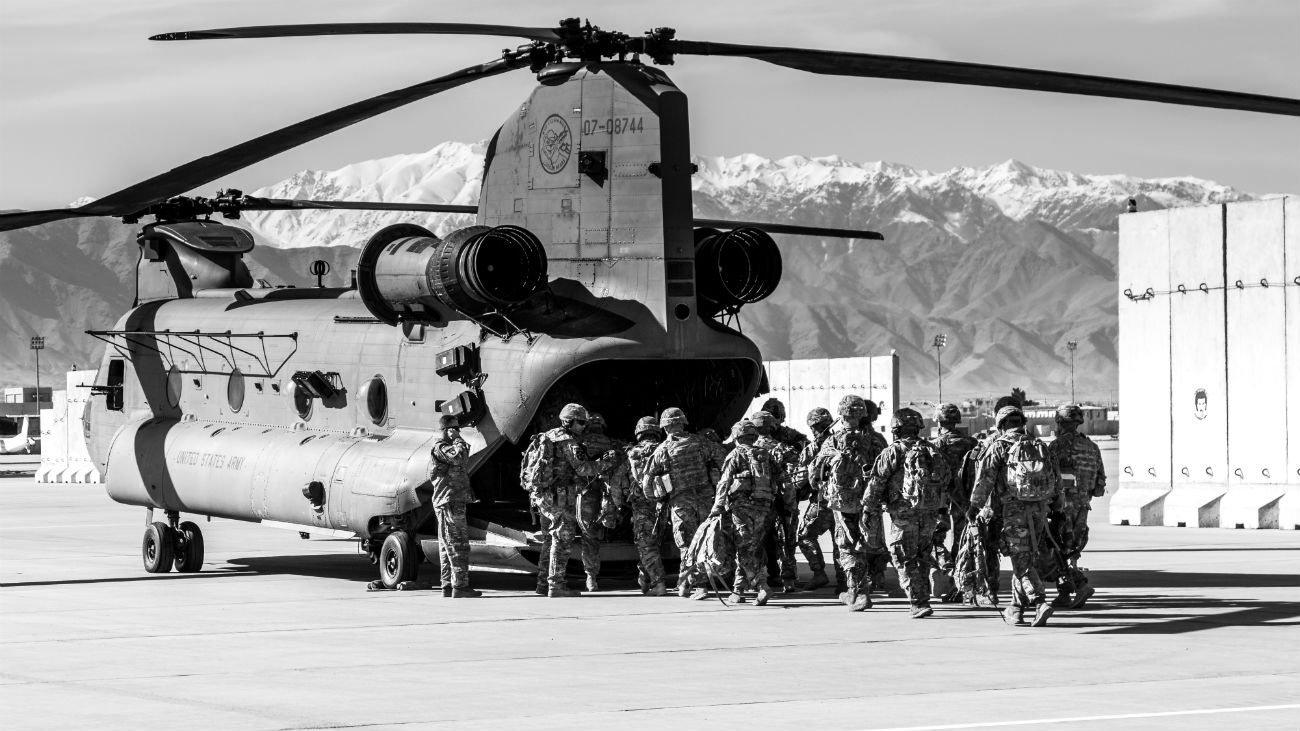
Firepower:
Armaments include three machine gun positions — one at each shoulder window and one at the loading ramp. They are most commonly equipped with M240 7.62 mm NATO machine guns. The Chinook avoids incoming missile fire using an ATK AN/AAR-47 missile approach warner and is equipped with a variety of electronic warfare capabilities. When all else fails, the CH-47 Chinook can deploy M-130 chaff and flare to upset its heat signature for incoming surface-to-air missiles.
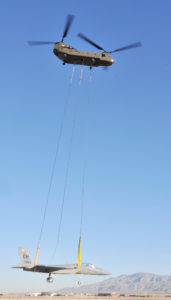
Heavy Hauling:
For transport, the CH-47F can move two HMMWVs or a configuration of a 105mm artillery piece and a HMMWV. The CH-47 Chinook can move upwards of 55 combat troops or internally transport 22,000 lbs of cargo. There is also a load-out for medical evacuation and emergency treatment that can have a CH-47 with up to 12 litters.
Range:
Additional fuel storage options may also be incorporated to extend the CH-47F’s normal maximum range of 400 miles. These tanks can be loaded into the cargo hold or the CH-47 can accept in-flight refueling.
Propulsion:
The CH-47 Chinook is produced by Boeing and powered by two Honeywell T55-GA-714A turboshaft engines with FADEC. Its two engines produce a continuous power of 3,000 shp with a maximum power of 3,750 shp each.
See more incredible images of the Chinook Helicopter.
See CH-47 Chinook Specifications
| Length: 52 feet (fuselage), 98 feet 10 inches (w/rotors) (30.1 m) |
| Width: 12 feet 5 inches (3.78 m) |
| Height: 18 feet 11 inches (5.7 m) |
| Rotor Diameter: 60 feet (18.3 m) |
| Max. Speed: 170 knots (196 mph, 315 km/h); Cruise Speed: 160 knots |
| Ceiling: 20,000 feet (6,100 m) |
| Max. Takeoff Weight: 50,000 lbs. (22,668 kg) |
| Range: 450 mi (741 km) |
| Crew: 3 – Pilot, co-pilot, loadmaster |
| Unit Cost: CH-47F (New) $29.81 million |
